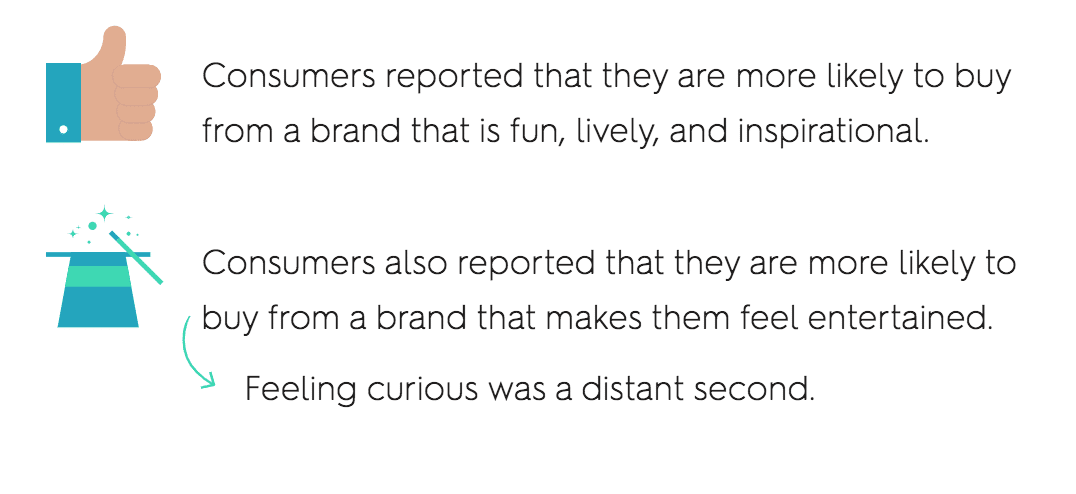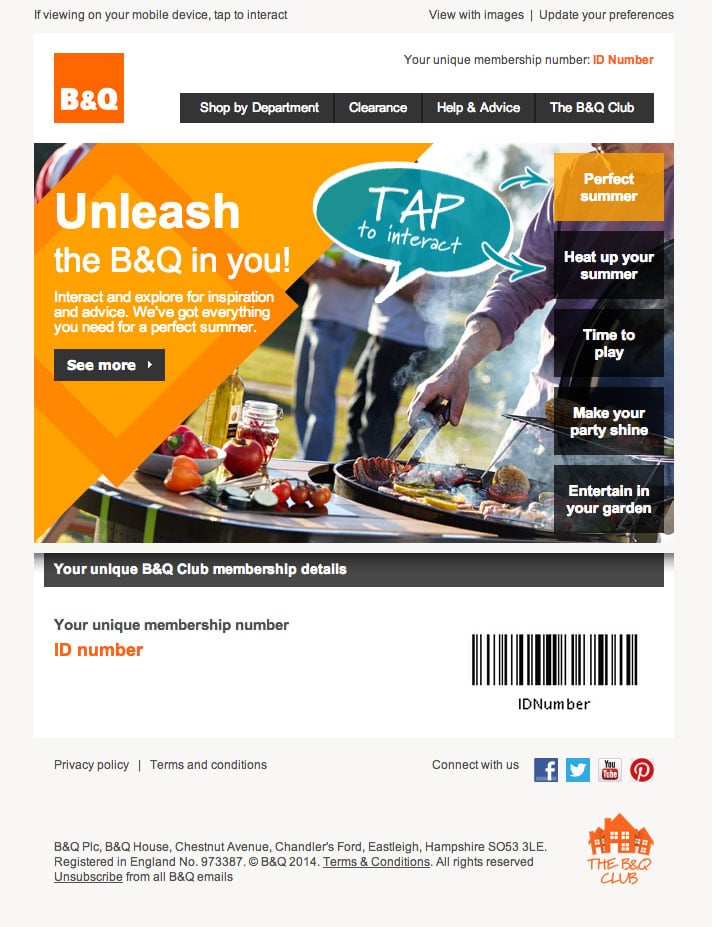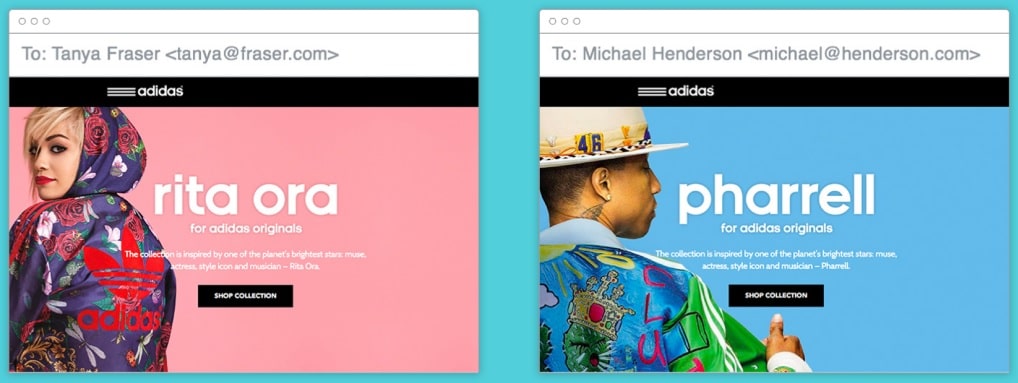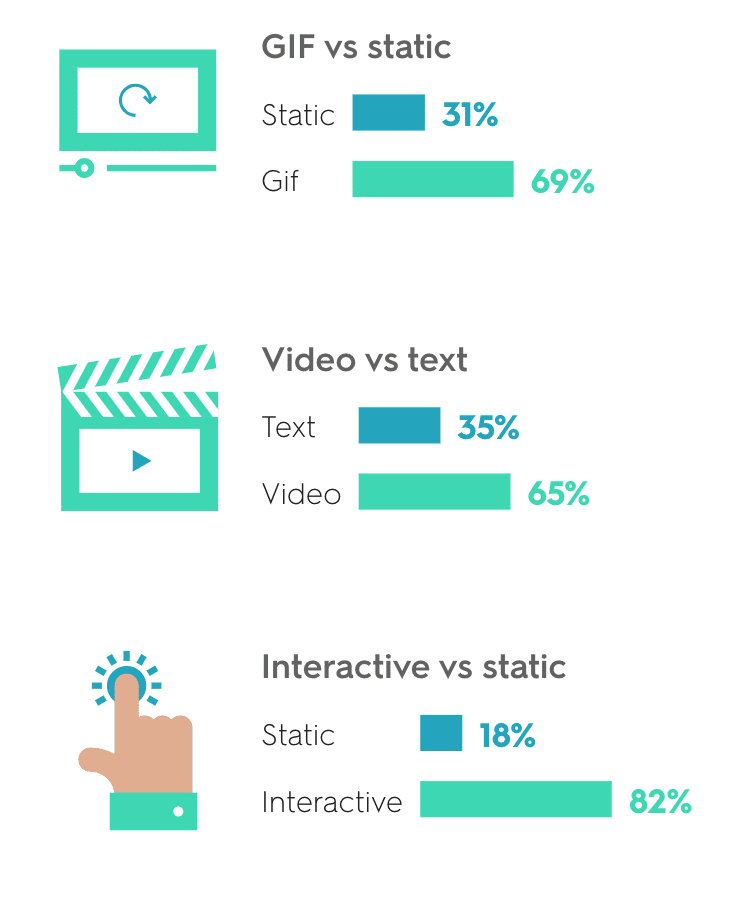Why Interactive Email is Great for Your Marketing
The emergence of interactive content has been widely reported by marketers. Anything that your customers may click, swipe, or engage with is considered interactive content. “Interactive email content raises the click-to-open rate by 73%, and adding videos to your email content may enhance click rates up to 300%,” according to Martech Advisor.
But what makes buyers and subscribers choose interactive content? Furthermore, if they do, how can we, as an industry, adapt to fulfill their needs?
What exactly is email interactive content?
To receive the entire experience, interactive content needs the user to actively engage and participate with the material, often by tapping, swiping, or interacting with the piece of information. That concept is simply included into an email campaign using interactive email.
What steps should I take to create interactive emails?
There are several methods to make an email more engaging. One method is to utilize animated GIFs. While GIFS are the most popular kind of interactive material in an email, links to films or other interactive experiences are becoming increasingly widespread. For example, Fundbox’s great Christmas GIF captures the attention and leads it down the page towards a CTA.

Using videos to make an interactive email is another option.

When using videos in your emails, try to make it brief and to the point. Long videos may slow down your email, making it harder for certain users to open. A clickable picture of your video connected to your website, where you may upload and host your full-length film, is another option.
Customers want to be entertained
According to an interactive email poll conducted by Zembula, people desire to have fun above all else. Customers want their favorite companies to amuse them with cutting-edge interactive content more than they want to be educated or made to feel intrigued. In fact, 91% of B2B customers prefer to consume interactive and visual material, according to DemandGen.
Because interactive content needs the receiver to act in order to fully comprehend the message, the recipient becomes a part of your campaign, increasing engagement and emotions of brand loyalty.
So, what is it about interactive material that makes it so effective? (According to Kapost, interactive content gets twice as many conversions as passive material.)
According to the poll, interactive material is more engaging than static information, as respondents found it more appealing than photos and videos, with 69% choosing GIFs, 65% preferring video, and 82% preferring interaction in any form over standard static emails.

What exactly is a kinetic email?
A kinetic email goes beyond interactive email by using HTML and CSS to offer interaction by changing template-level design components. This implies that consumers may completely engage with the majority, if not all, of the design of the email.
Consider the following email from B&Q:

B&Q’s kinetic email used “tap to engage” callouts to rapidly and attractively present the material within an in-email slideshow.
What exactly is a dynamic email?
Triggers are used in dynamic emails to show particular information depending on subscriber data. This information might range from their gender, age, geographical area, employment, and more.
Dynamic email with dynamic content is particularly useful in retail email marketing. This is because the information provided by the unique user influences which goods are shown or recommended.
Consider the following Adidas example:

Adidas utilized segmentation in this example to identify which trigger to apply in order to show the proper dynamic content.
Above all, consumers demand engaging content
Marketers have known for years that graphics, GIFs, and video increase email KPIs. Not only do these graphic aspects increase conversions, but they also guarantee that your target audience retains more of your marketing content.
In fact, when individuals merely hear information, they recall only approximately 10% three days later. When combined with a relevant visual, shoppers recall 65% of the same content three days later. How does interactive content compare to graphics and video in terms of generating conversions and establishing brand memorability?
When survey respondents were sent two different emails and asked which one they were more likely to engage with, interactive material easily outperformed static text. Only 18% of study respondents favored typical static email advertising, while an astounding 82% chose interactive messages.

Conclusion
We believe that interactive content will continue to increase in popularity as customers want more entertainment, personalisation, and interaction from companies. Not only do prospective consumers like interaction in their emails, but it also increases their likelihood of reading, remembering, sharing, and converting. These email trends will only expand as organizations migrate away from bulk marketing and toward something more customized and engaging.






Recent Comments